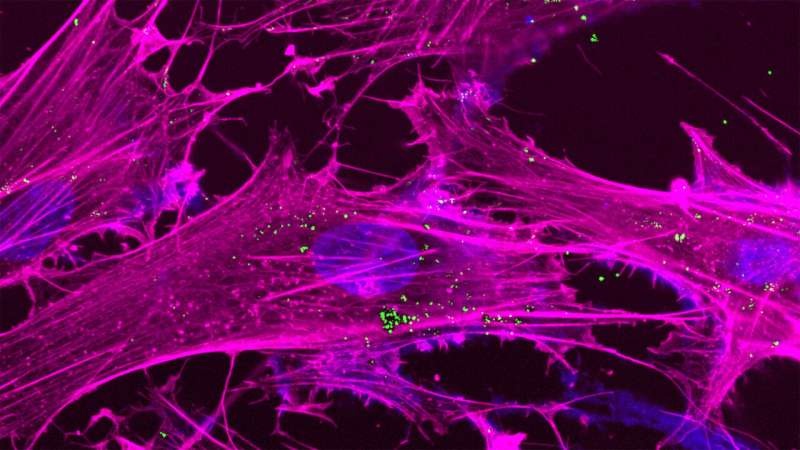Researchers at Texas A&M University have developed a groundbreaking nanotechnology solution that could potentially recharge our cells, fighting against aging and age-related diseases. This revolutionary discovery harnesses the power of molybdenum disulfide (MoS2) nanoflowers to stimulate mitochondrial regeneration, leading to increased energy production and improved overall health.

Powering Up the Cells
Mitochondria: Powerhouses of the Cell Mitochondria, the organelles that generate the energy our cells need to work. But as we age, or succumb to diseases such as type 2 diabetes, Alzheimer’s or Parkinson’s, the capacity of these organelles to fulfil their crucial function diminishes — leading to tiredness, tissue degeneration and premature aging.
A team of researchers, led by Dr. Abhay Singh from the Gaharwar Laboratory at Texas A&M are solving a new solution to this problem. The nanoflowers are made of molybdenum disulfide (MoS2) and have atomic vacancies that can promote regeneration of mitochondria. These nanoparticles help cells deliver more energy, promising to let cells extend their healthy life spans and maybe get protection from diseases like those that happen during aging.
A Cellular Recharge
We get away and we go on vacations or to the spa. What if we could recharge ourselves on an invisible and microscopic level with energy pools that date back to the time of your grandparents, using sub-cellular building blocks that created you. It is the very thing the Texas A&M researchers hope to achieve with their groundbreaking discovery.
Published in Nature Communications, the study reports that atomic vacancies in the flowers of MoS2 stimulate molecular pathways vital to mitochondrial DNA replication in cells (the process by which mitochondria from a dividing cell expand and copy their genetic material). Basically that means these nanoparticles, can potentially resuscitate the organelle which serves as a powerhouse for giving cells energy by producing more ATP(Adenosine Triphosphate), rejuvenating mitochondrial DNA & respiration.
This finding could provide new therapies for many diseases such as muscle dystrophy, diabetes or neurodegenerative disorders, says Dr. Akhilesh Gaharwar, assistant professor and a Presidential Impact Fellow in the Department of Biomedical Engineering at Texas A&M. This all translates to improved health and the natural function of our body, enabled by having more healthy energy-creating cells.
Conclusion
Being the first observed MoS2 nanoflowers capable of enhancing mitochondrial rejuvenation, this momentous finding holds far-reaching implications for targeting aging and related ailments. By reinvigorating the very structure of our cells using nanotechnology, this group of researchers at Texas A&M has seemingly enabled us for the first time to change the natural clock that dictates deterioration and disease. There resarch continues to develop ways to bring these nanoflowers into human tissue and in a time not far from now, the skies will only be brighter for those who wish their cells to look young again and feel vital.
